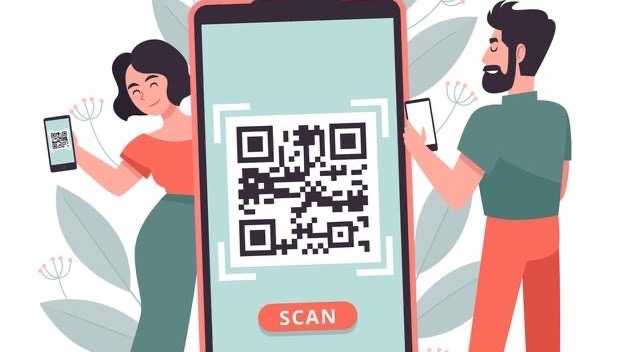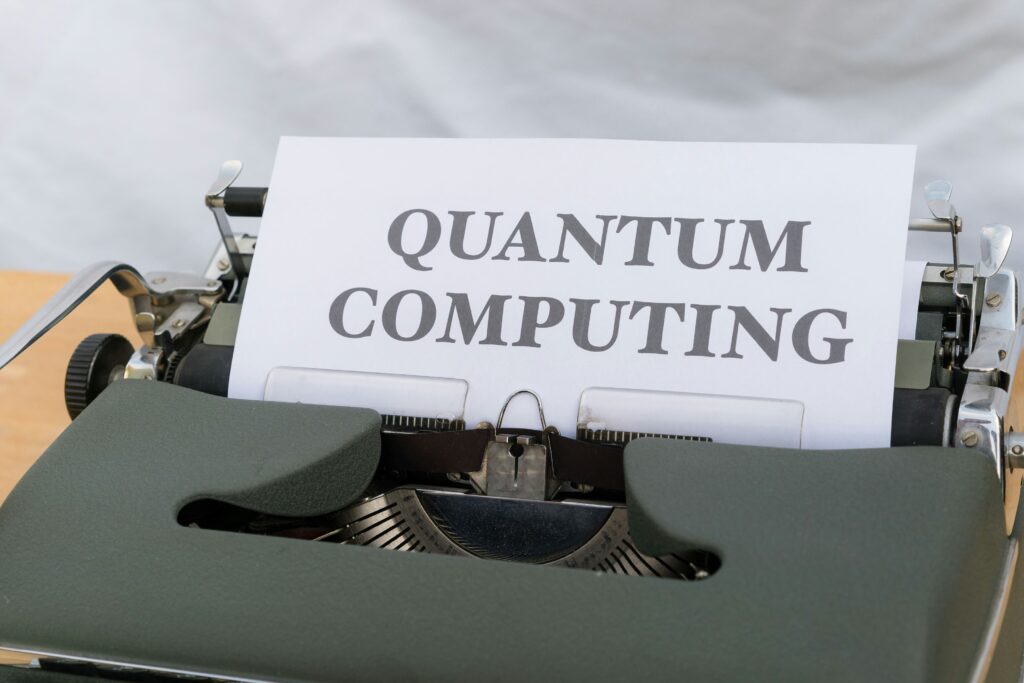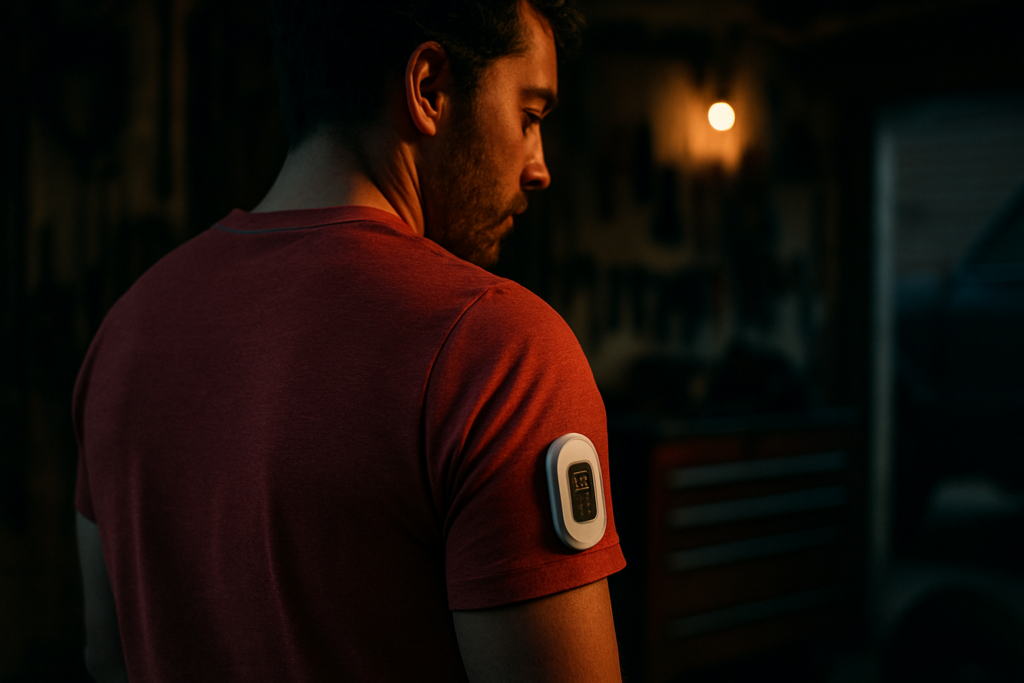In today’s digital age, where speed and convenience are paramount, QR codes have become an essential tool for connecting people with information instantly. Initially developed for tracking parts in manufacturing, QR (Quick Response) codes have rapidly evolved into versatile technology, allowing users to access a wealth of information with a quick scan. This article explores how QR codes are transforming modern interactions across various sectors, making everything from payments to customer service more streamlined, efficient, and user-friendly.
The Evolution and Rise of QR Codes
QR codes were created in the 1990s by Denso Wave, a subsidiary of Toyota, to track automotive parts. However, the widespread adoption of smartphones propelled QR codes beyond industrial uses, turning them into a powerful tool for personal and business applications. From marketing and retail to healthcare and event management, QR codes now enable instant connections, allowing users to access websites, make payments, download apps, and more—all in a matter of seconds.
Key Areas Where QR Codes Enhance Efficiency
- Contactless Payments
QR codes have revolutionized the way we make payments, providing a fast and secure method for both consumers and businesses. With a quick scan, users can complete transactions without needing cash or credit cards. QR-based payment platforms like Apple Pay, Google Pay, and other mobile banking apps have gained immense popularity, especially as businesses prioritize contactless options for safer, more convenient transactions. - Streamlined Customer Service
For businesses, QR codes simplify customer service by allowing users to access product information, warranty details, and support pages instantly. Instead of waiting on hold or navigating a complex website, customers can scan a QR code on a product or receipt to be redirected to the exact resource they need, speeding up their experience and enhancing satisfaction. - Efficient Marketing and Advertising
QR codes have transformed the advertising industry by making print media interactive. Advertisers can now include QR codes on posters, flyers, and even TV ads, allowing audiences to instantly access product pages, promotional videos, or discount codes. This quick response capability increases engagement rates, as users can interact with content on the spot, making QR codes an invaluable tool for marketers looking to connect with their audience quickly and efficiently. - Event Management and Ticketing
Managing events is easier than ever with QR codes. Many events, concerts, and even airlines now use QR codes as electronic tickets. Attendees simply scan their QR code at the entrance, which eliminates the need for physical tickets and reduces wait times. This system is not only faster but also environmentally friendly, as it reduces the need for paper. - Contactless Menus and Ordering
QR codes have gained particular prominence in the restaurant industry, where contactless menus and ordering systems are now the norm. Diners can scan a QR code at their table to view the menu, place an order, and even pay—all from their smartphones. This innovation saves time, enhances hygiene, and allows restaurants to update their menus instantly without reprinting costs. - Healthcare and Information Sharing
In healthcare, QR codes are making patient information more accessible and secure. Hospitals and clinics use QR codes to allow patients to access their medical records, prescriptions, and appointment details. Moreover, QR codes on medication packages provide important drug information, helping patients manage their health more effectively. This efficient, secure access to medical information improves patient care and streamlines the healthcare process.
The Convenience of Instant Information
The ability of QR codes to deliver instant information with just a quick scan has made them a valuable tool in many contexts. Unlike typing in URLs or searching for information manually, a QR code provides immediate access to the precise location of the information, minimizing search time. This instant interaction streamlines user experience, giving QR codes a significant edge over traditional information-sharing methods.
The Security and Versatility of QR Codes
QR codes are not only fast and convenient but also secure. Modern QR code generators and readers often come with encryption and verification layers, making them suitable for handling sensitive data, especially in payment systems and healthcare applications. Additionally, QR codes are versatile and customizable, allowing businesses to embed specific information and branding within the code.
Conclusion
QR codes have redefined convenience and speed in modern interactions, bridging the gap between physical and digital worlds with a simple scan. Their applications in payments, customer service, marketing, event management, and healthcare highlight their versatility and efficiency. As QR code technology continues to advance, its role in simplifying interactions across various sectors will only expand, making it an invaluable tool in our increasingly fast-paced, digital-first world. Whether you’re a business owner, a healthcare provider, or a consumer, QR codes offer a quick and efficient way to connect, inform, and engage.
4o

 Jasmine Wellish is a key contributor at Info Wave Circle, known for her insightful articles and creative approach to technology and societal issues. With a deep passion for innovation and a knack for storytelling, Jasmine plays a crucial role in communicating the vision and achievements of Info Wave Circle to a broader audience.
Since joining the team, Jasmine has been instrumental in crafting compelling content that highlights the transformative potential of technology. Her work not only informs but also inspires the Info Wave Circle community and beyond. Jasmine’s dedication to exploring new ideas and her ability to convey complex concepts in an engaging manner make her an invaluable asset to the organization’s mission of fostering innovation and societal progress.
Jasmine Wellish is a key contributor at Info Wave Circle, known for her insightful articles and creative approach to technology and societal issues. With a deep passion for innovation and a knack for storytelling, Jasmine plays a crucial role in communicating the vision and achievements of Info Wave Circle to a broader audience.
Since joining the team, Jasmine has been instrumental in crafting compelling content that highlights the transformative potential of technology. Her work not only informs but also inspires the Info Wave Circle community and beyond. Jasmine’s dedication to exploring new ideas and her ability to convey complex concepts in an engaging manner make her an invaluable asset to the organization’s mission of fostering innovation and societal progress.
